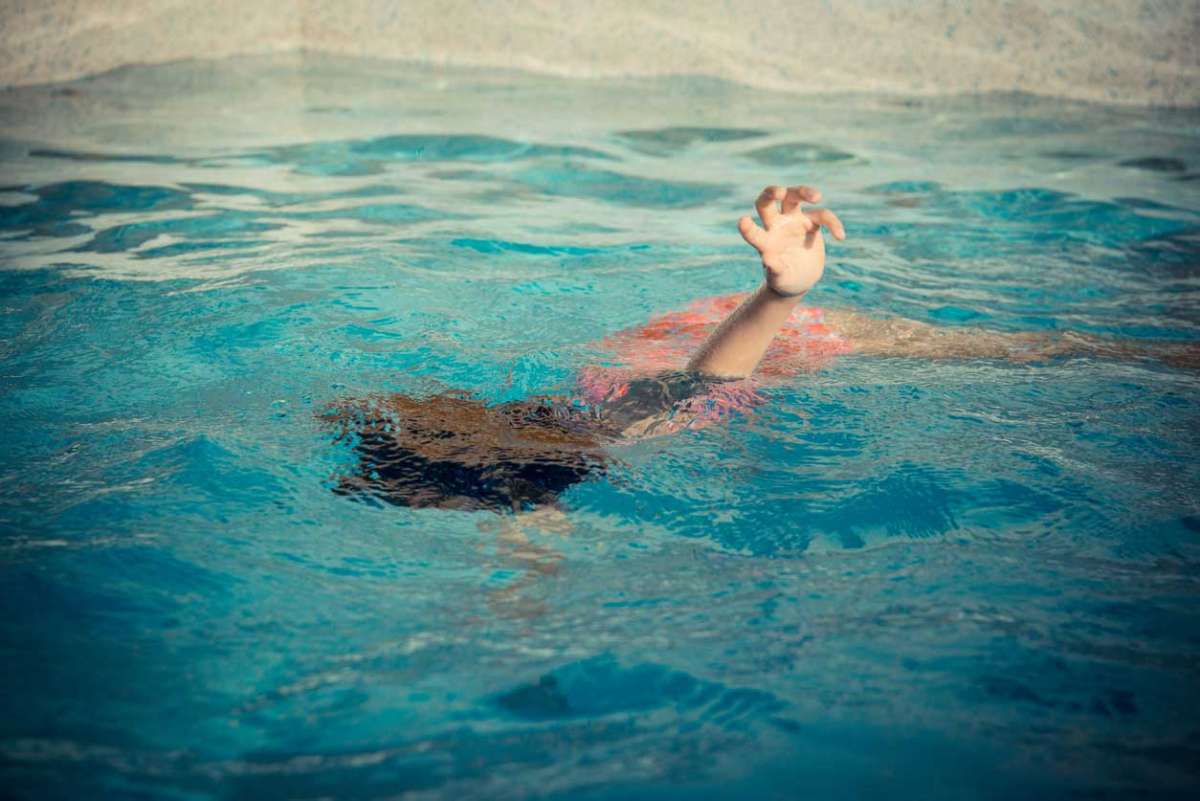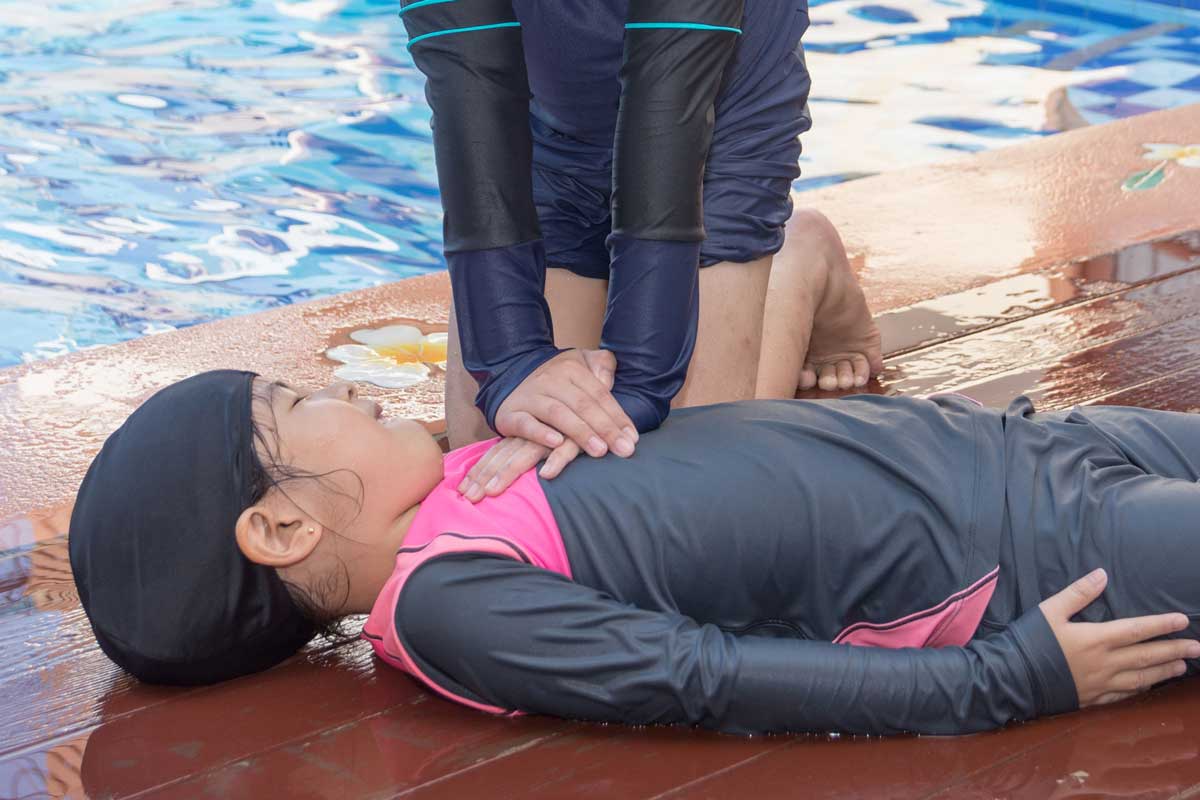Reviving Someone Who Has Drowned or Swallowed Water

First Things First:
If you suspect someone is drowning, notify a lifeguard and call for help. Do not waste anytime.
Rescue is only half the job. Reviving someone who has drowned or swallowed water is the other half, and it's equally important when it comes to saving a life.
More: Pool Safety for Kids
If you've pulled a drowning person back to dry land, the next step to reviving them is performing mouth-to-mouth resuscitation. As always, call for help before beginning these important first aid emergency measures.
You should implement universal safety guidelines whenever possible. If you have an airway bag in your first aid kit, use it! It will provide safety during mouth-to-mouth resuscitation, keeping HIV and other infections at bay.
Steps for Mouth-to-Mouth Resuscitation
- Turn the drowning person's head to the side, allowing any water to drain from his or her mouth and nose. Turn the head back to the center.
- Begin mouth-to-mouth resuscitation on land, if possible, or in the water if the injured person needs immediate life-and-death measures.
- Strongly breathe four times into the mouth of the injured person as you pinch his or her nose. This helps air get past any water that is clogging the breathing passageways and the lungs.
- After four strong breaths, put your ear near the mouth and watch the chest for any breathing movement.
- Check the pulse for signs of life.
- Repeat the cycle.

What to Worry About Next:
You're not out of the water once the drowning victim starts to breathe and choke. In fact, the first 48 hours after a drowning incident can be the most dangerous. Complications resulting from water exposure—pneumonia, infection, heart failure—can all occur during this time. Therefore, you should always take a drowning victim to the hospital.
More: Taking a Child and Infant CPR Class Might Just Help You Save a Life
Babies and Drowning
Babies are particularly vulnerable to drowning incidents, even in wading pools because they sometimes don't have enough strength to pick up their heads. If you must perform mouth-to-mouth resuscitation on a baby, don't use forceful breaths. Instead, breathe gentle puffs of air into the baby's mouth and nose four times.
If you own a home pool or hot tub, the Red Cross recommends that you enroll in home pool safety, water safety, first aid and CPR/AED courses to learn how to prevent and respond to emergencies.
Learn the ABC's of CPR and you might save someone's life.